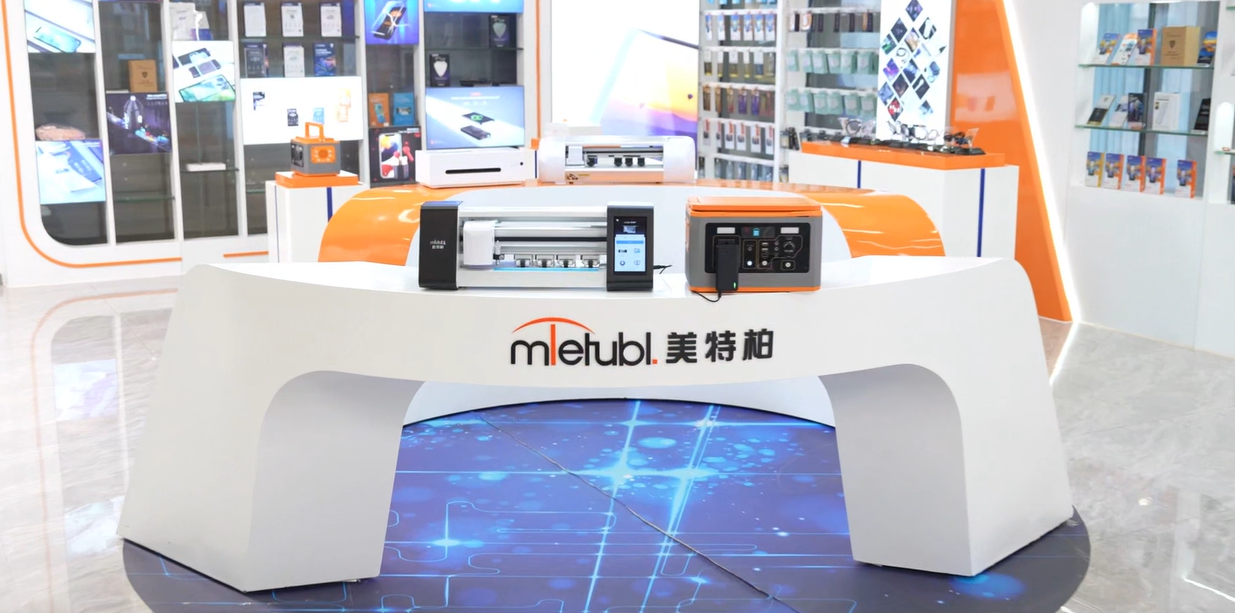
MIETUBL Brand Overview
MIETUBL is a brand originating from China and thriving through China’s intelligent manufacturing. It is committed to providing high-quality mobile accessories and related products to global consumers. Since its inception in 1998, the brand has followed the trends of the times, focusing on resource integration and building a symbiotic and shared industry ecosystem, enabling global consumers to conveniently access quality products that enhance their lives.
By continuously innovating and diversifying its product offerings, MIETUBL has achieved significant success in the mobile accessory industry. As a brand driven by customer value and innovation, MIETUBL has expanded into various product applications while accumulating rich industry experience and establishing a stable customer base. Headquartered in Zengcheng, Guangzhou, the company has strategically positioned itself within the mobile accessory industry, integrating high-quality production resources and aiming for a win-win business model.
Core Values and Development Vision:
-
Customer-Centric: MIETUBL always prioritizes customer needs, continually enhancing product quality and consumer experience through innovation and technological research and development.
-
Resource Integration and Industry Symbiosis: By integrating industry resources, MIETUBL creates a symbiotic, shared industry ecosystem, connecting global distributors and consumers, and promoting mutual growth across the value chain.
-
Global Vision: MIETUBL is committed to bringing Chinese manufacturing to the world, providing global consumers with high-quality, innovative mobile accessories, while offering profitable opportunities for distributors.
MIETUBL’s long-term vision is to continually enhance its products through innovation and quality, establishing “MIETUBL” as a globally trusted brand, recognized in markets around the world.
PRODUCTS
Why Tempering Glass Has Become the Industry Standard
Enhanced Strength and Durability
The most immediate benefit of tempered glass is its significantly increased strength compared to its annealed counterpart. Annealed glass, the standard type produced through slow cooling, is relatively brittle and prone to shattering upon impact. Tempering, however, subjects the glass to a high-temperature heating process followed by rapid cooling, creating compressive stresses on the surface and tensile stresses in the core. This internal stress distribution makes the glass remarkably resistant to cracking and breaking. A tempered pane can withstand impacts several times greater than an annealed pane of the same thickness.
This superior strength translates directly into enhanced durability and longevity. Tempered glass is far less susceptible to damage from accidental impacts, thermal shocks, and even deliberate attempts at breakage. This is crucial in applications where safety and longevity are paramount, such as automotive windshields, shower doors, and building facades.
Improved Safety Features
Beyond enhanced strength, tempered glass offers vastly superior safety characteristics. When tempered glass does finally break, it fractures into numerous small, relatively harmless, granular pieces, unlike annealed glass which shatters into sharp, jagged shards. This "dicing" effect minimizes the risk of severe injury, making tempered glass the preferred choice for applications where safety is a critical concern.
This safety aspect is vital in various contexts, from protecting occupants in vehicles and buildings to safeguarding against potential hazards in public spaces. The reduced risk of serious injury associated with tempered glass has driven its widespread adoption in regulations and building codes worldwide, mandating its use in numerous applications.
Versatile Applications
The enhanced properties of tempered glass have opened up a vast array of applications that were previously impractical or unsafe with annealed glass. Its strength and safety make it ideal for a wide spectrum of industries, from automotive and construction to consumer electronics and appliances.
The versatility extends beyond its inherent strength. Tempered glass can be easily shaped, cut, and processed to meet diverse design requirements. It's readily available in a variety of thicknesses and can be customized with coatings and treatments to enhance its performance further, for example, by improving its thermal insulation or UV protection.
Cost-Effectiveness in the Long Run
While the initial cost of tempered glass is slightly higher than annealed glass, this is often offset by its superior longevity and reduced risk of replacement or repair. The enhanced durability translates into lower maintenance costs and a longer lifespan, ultimately proving more cost-effective in the long run, especially for high-traffic or high-risk environments.
The reduced risk of accidents and associated liabilities further contribute to the economic advantages of tempered glass. The potential cost savings from avoided injuries and property damage significantly outweigh the initial price difference, making it a financially sound choice for many applications.
In conclusion, the rise of tempered glass to industry standard status is a direct result of its compelling combination of superior strength, enhanced safety, versatile applications, and long-term cost-effectiveness. Its prevalence reflects a fundamental shift toward safer, more durable, and ultimately, more responsible design in a wide array of industries. The clear choice for strength, safety, and longevity is unequivocally tempered glass.SUBSCRIBE
INQUIRY